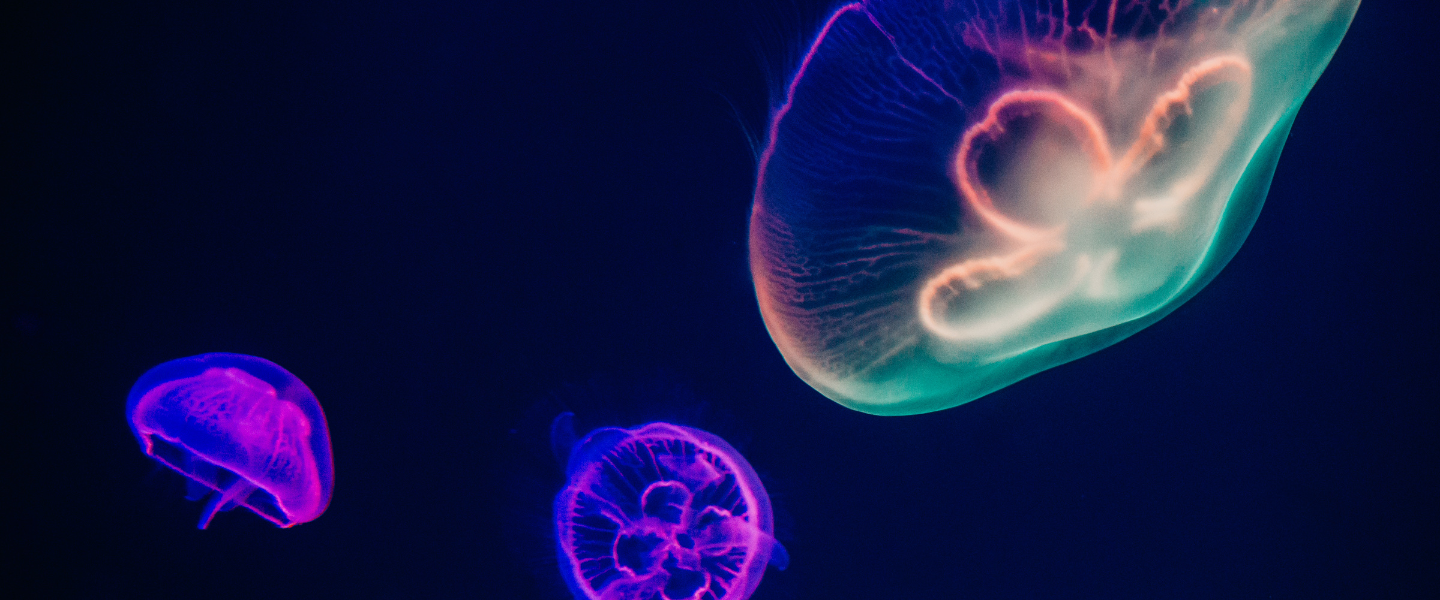Understanding Your Data Extracts

Your animal detections on any receiver in any OTN Node
These detections are animals tagged by your project. They can come from any receiver in the OTN node, including your own.
The file also includes a record of when each tagged animal was released, as long as their tag was still active that year. For these release records, the “receiver” column will show “release.”
*Note* OTN is now matching tags across all OTN-compatible databases worldwide, which might occasionally lead to unrealistic matches over large distances. If you find any detections that don’t belong to your animals, please email the FACT data managers to let us know so we can unmatch these detections.
More potential animal detection matches from other networks (not in an OTN node)
OTN checks your tags against other telemetry networks’ lists of unmatched detections. When these mystery detections from another network might match to a researcher within any of the OTN nodes, the researcher (you!) is notified via the external partners detection file. These files do not have raw detections, but rather are summary detection data showing which animals were detected and how many detections were found.
These matches are a starting point for understanding detections outside the OTN telemetry networks. To access these detections and officially connect your project with these external networks, you may need to agree to their Data Policy. The contact details for these partner networks are provided in this file under “partner_contact”.
To find your matched detections navigate to:
Research Workspace -> Tag Project (Tag) -> Files -> Data Products -> Your Tag Detections.
The files are separated by year and will be in the format projectcode_matched_detections_yyyy.zip.
For more information head back up to the top of the webpage (that you may or may not have glossed over – it’s ok, we understand).
In Research Workspace under Your Tag Detections look at the column to the right under ‘Updated’ and see if that date looks recent.
Check the receiver column. Records from other years (not in the filename) should only be for ‘releases’. All animals detected in a single year will include their original release tagging information. All detections will be from the year of the file name.
FACT node extracts have slightly different time stamps since the detections are time corrected. After receivers are initialized their clocks can drift during deployment. The FACT Node uses the time the receiver was initialized and the time it was offloaded/downloaded to then create a time correction factor to apply to the entire deployment of that receiver. The vrl in VUE is not time-corrected.
There sure is! The Ocean Tracking Network has helpful documentation on their website.
Fixing incorrect matches ensures detections are correctly assigned to the right researcher. If you find an error, please reach out to the FACT Data Managers at data@thefactnetwork.org.
Researchers enter in their own receiver deployment data into the FACT node for each data push event. Our data managers use that information on the back end to qualify and match its detections as part of the data push. While some R packages such as Actel want this information, FACT does not currently provide these data to other members outside of your project. Contact the researchers who supplied the detections to your project (see the contact column in the data file and make new friends!) to access their deployment histories.
You bet your excited fish tracker self you can! Head on over to the SECOORA Data Portal then “Explore Real Time Data”. From there filter for “Temperature: Water Temperature” and then for Source select “FACT Network”. The map will display the temperature data from the FACT Network. Click a polygon to get station details and a graph of the temperature over time.
Want it in tabular format? You can query the ERDDAP for FACT data here.